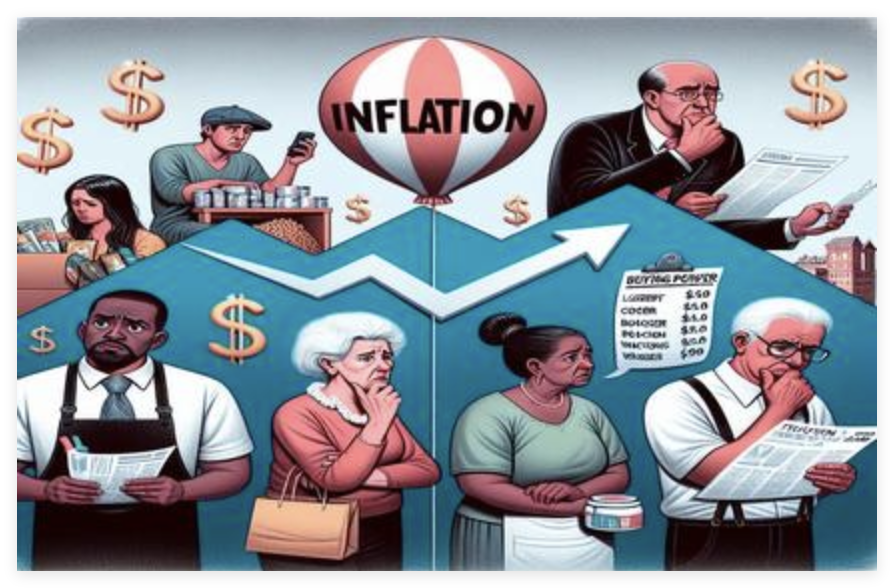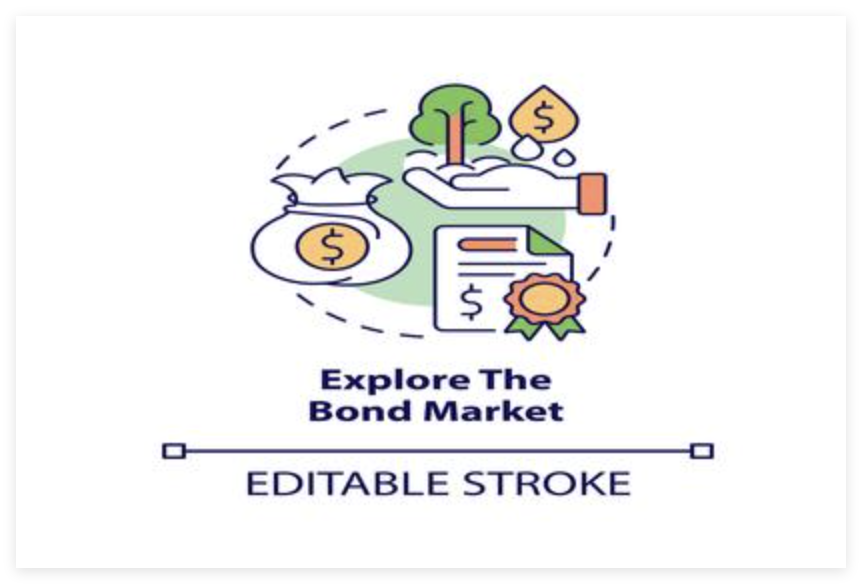For affluent individuals, inflation is more than a mere inconvenience—it’s an unspoken force that can gradually reduce purchasing power. Standard savings accounts, offering minimal interest returns, do not keep up, thus emphasizing the need for “intelligent saving.” This approach involves not merely reducing expenses; rather, it focuses on thoughtfully directing resources toward investments and methods that exceed inflation rates while maintaining access to cash. Below are strategies for safeguarding and enhancing your wealth in light of increasing costs.

Prioritize Inflation-Linked Alternative Assets
Go beyond traditional bonds—invest in assets that have inherent value linked to inflation. Real estate investment trusts (REITs) that target commercial properties or infrastructure can generate rental income that increases alongside rising prices. Collectibles like fine art, antiques, and rare wines have consistently outstripped inflation, as their valuations are influenced more by scarcity than by interest rates. Such investment options not only safeguard wealth but also introduce diversification to your investment strategy, decreasing dependence on unstable markets.

Utilize Tax-Advantaged Savings Options
Inflation's effects are magnified by tax obligations—take advantage of accounts that lower your tax responsibilities. Fully fund your Roth IRAs or 401(k)s, as the growth in these accounts is free from taxation, allowing your savings to grow without tax deductions. For those in higher income brackets, options like cash-value life insurance or annuities with inflation adjustments can help maintain benefits that align with increasing costs. These financial instruments convert tax efficiency into a vital defense against inflation, ensuring that the value of every dollar saved is preserved.
Implement a “Laddered” Savings Approach
Refrain from committing all assets to long-term investments. Establish a savings ladder: designate a fraction for short-term inflation-indexed securities (TIPS), another fraction for mid-term corporate bonds, and the remaining portion for long-term growth investments. When short-term assets mature, reinvest those funds at current rates, which may be higher. This strategy maintains a balance between liquidity and growth, allowing you to respond to shifting inflation patterns while still achieving returns.

Prudent spending does not equate to frugality—it involves investing in value-retaining assets. Rather than making depreciating purchases, focus on home improvements that boost property value or energy-efficient enhancements that lower future utility expenses. Opt for high-quality, long-lasting products that minimize the frequency of replacements. These spending decisions transform costs into indirect savings, limiting the amount of wealth that is exposed to inflation pressures.
Review and Adjust Savings Quarterly
Because inflation rates can vary, your savings strategy should be adaptable. Every three months, assess the performance of your inflation-sensitive investments and make necessary changes to your allocations. If TIPS yields decline, redirect a larger share of your funds into REITs or commodities. Conversely, if inflation calms down, consider increasing contributions to growth-oriented accounts. This proactive methodology guarantees that your savings remain responsive to economic changes, allowing your wealth to stay ahead of rising costs.
Overcoming inflation necessitates a transition from passive saving to active wealth management. For individuals with substantial assets, success lies in integrating alternative investments, tax-efficient strategies, thoughtful spending, and continuous adjustments. By viewing savings as a flexible investment rather than merely a stagnant cash reserve, you can ensure that your wealth continues to not just weather inflation but flourish in spite of it.



